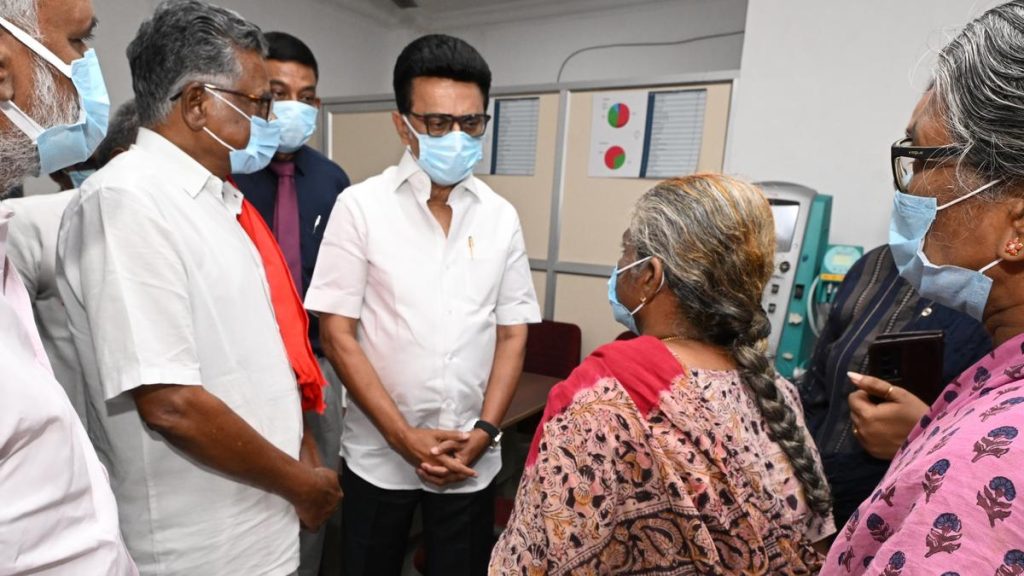Now Reading: Nitin Gadkari to Inaugurate Sigandur Bridge in Shivamogga on July 14
-
01
Nitin Gadkari to Inaugurate Sigandur Bridge in Shivamogga on July 14
Nitin Gadkari to Inaugurate Sigandur Bridge in Shivamogga on July 14
Fast Summary
- Union Minister Nitin Gadkari will inaugurate the newly constructed cable-stayed bridge across the Sharavati backwaters in Sagar taluk, Shivamogga district, karnataka, on July 14.
- The bridge was built at a cost of over ₹423 crore and fulfills a decades-old demand for improved connectivity for residents of Karuru and Barangi hoblis as well as devotees visiting Sigandur Chowdeshwari temple.
- Residents previously relied on ferries to cross the backwaters after road connectivity was lost due to the construction of Linganmakki reservoir in the 1960s. The ferries operated only during daylight hours, posing importent challenges during emergencies and nighttime travel.
- Protests and public movements led by citizens brought attention to this issue; however, construction began only in 2018 after Nitin Gadkari laid its foundation stone.
- In a tragic historical incident before ferries were introduced, 21 people died when a boat capsized in these waters, highlighting long-standing safety concerns that prompted demands for option travel methods.
- Alongside inaugurating this bridge at Kalasavalli village, Mr. Gadkari will also lay foundation stones for additional infrastructure projects in Shivamogga district.
Indian Opinion Analysis
The inauguration of the Sharavati backwater bridge represents an crucial step toward addressing decades-long transportation challenges faced by local residents following land requisitioning for state infrastructure projects such as Linganmakki reservoir construction. This initiative underscores how persistent citizen advocacy can propel growth agendas forward despite delays spanning decades.Beyond providing year-round connectivity to villagers and devotees traveling to Sigandur Chowdeshwari Temple-a popular spiritual destination-the bridge stands out as transformative from both public safety and regional economic perspectives given prior dependence on daytime-only ferry services fraught with limitations during emergencies or tourist influx periods.
For policymakers nationwide grappling with rural isolation caused by extensive infrastructural undertakings (e.g., dams or reservoirs), this project offers lessons surrounding timely grievance redress mechanisms while balancing energy generation needs alongside long-term human impacts linked spatial accessibility quality gaps Read more: The Hindu.

























